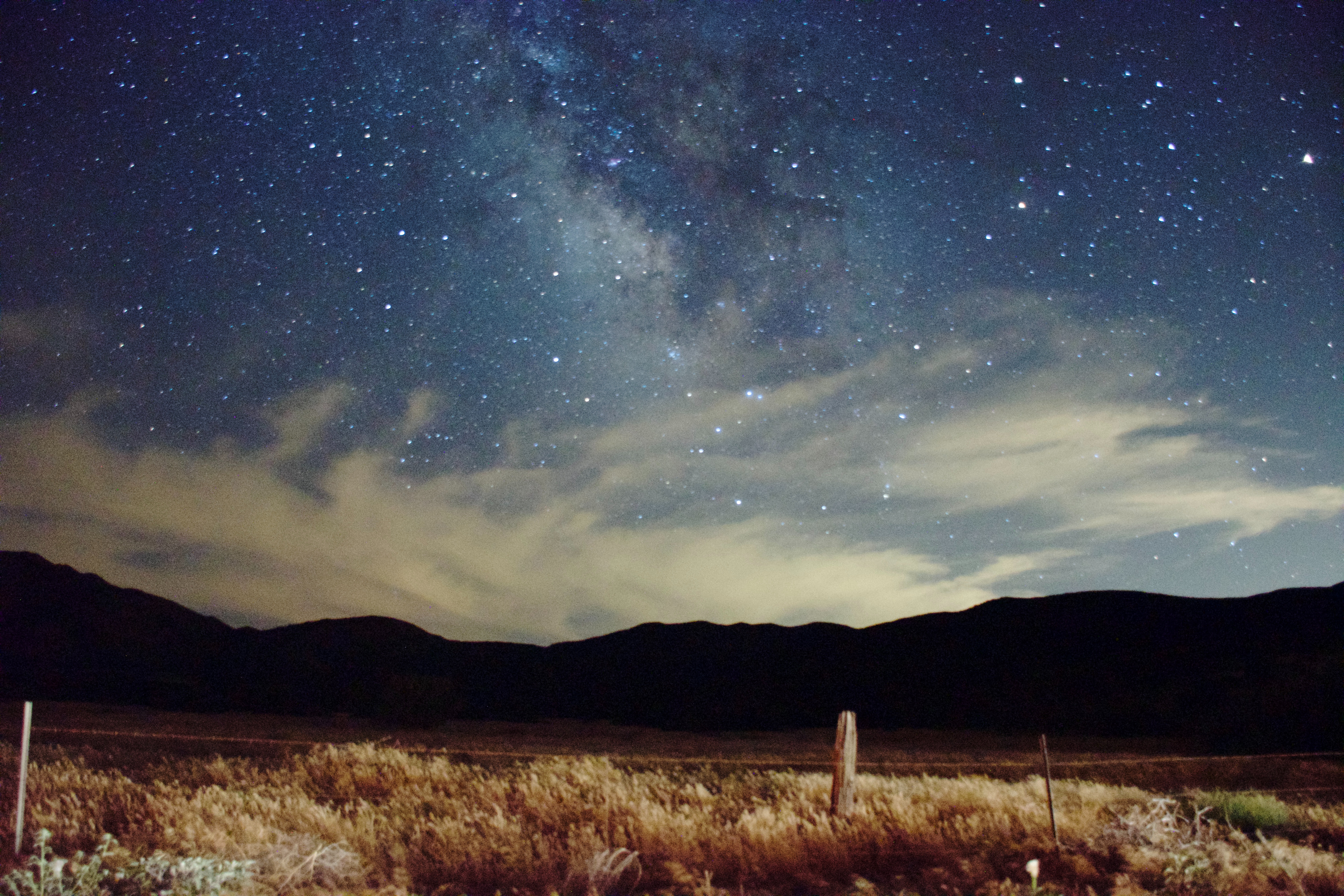TRAPPIST-1 exoplanets could have habitable atmospheres
A new study, published in Nature Astronomy, has found that three of the seven exoplanets of the TRAPPIST-1 planetary system might have similar atmospheres to those of rocky planets like Venus and Mars. These Earth-sized planets, 40 light years away from the Earth, were found to be habitable by researchers last year. This is because the surface temperatures of the exoplanets that lie in the habitable zone are optimum for the planets to have liquid water present on their surface.
The planets in the habitable zone have been found to have low levels of hydrogen gas in their atmosphere. Hydrogen gas is found to be more abundant in gas-giant planets in our solar system rather than rocky ones. This could indicate that low levels of hydrogen gas on these exoplanets in the habitable zone could potentially mean that they have heavier gases in their atmospheres such as carbon dioxide, methane and oxygen. The Hubble Space Telescope was used to study the hydrogen composition of the planets which was found to be in sparse abundance in the TRAPPIST-1d, TRAPPIST-1e, and TRAPPIST-1f planets. Hydrogen acts as a greenhouse gas and traps the heat inside the atmosphere. In the presence of large amounts of hydrogen in the atmosphere, the exoplanets would have been extremely hot and thus unable to sustain life. Researchers added that whilst today the exoplanets seem to have little hydrogen, they may have had hydrogen in their atmosphere shortly after they were formed. This implies that these planets may be rocky – similar to those in our solar system.
This implies that these planets may be rocky – similar to those in our solar system
The planets in the TRAPPIST-1 system are very close to each other to the extent that they perturb each other. This perturbation results in a slight shift in the timing of their transit. This is when the planet passes in front of its sun as it appears from Earth. This phenomenon of transit was observed by an international team of scientists, led by Simon Grimm of the Center for Space and Habitability at the University of Bern, Switzerland. Researchers simulated the planetary motion of the exoplanets with an algorithm until the computational model matched the orbits observed by astronomers. Using this data, the mass and therefore the individual densities and compositions of these planets have been deduced.
Hannah Wakeford, a fellow at STSci and co-author of the new paper, said that one of the four habitable planets could be a water world, one could be an exo-Venus and another could be an exo-Mars. She further added that “it’s interesting because we have four planets that are at different distances from the star. So, we can learn a little bit more about our own diverse solar system, because we’re learning about how the TRAPPIST star has impacted its array of planets.”
Using this data, the mass and therefore the individual densities and compositions of these planets have been deduced
ESO representatives have further added that the planet TRAPPIST-1f is closest to Earth in terms of its size, density, and the amount of radiation that it receives from the TRAPPIST-1 star. Furthermore, it is seemingly the rockiest planet in the system and has the potential to contain liquid water on its surface.
However, researchers have also emphasised that the atmospheres of these potentially habitable planets need to be further researched to be fully understood, and that the lack of hydrogen in their atmosphere does not necessarily mean that they are habitable. Furthermore, NASA added that scientists cannot infer the nature of the surface of these planets using their deduced data on densities of the planets because, for example, the Moon and Mars have the same density but their surfaces are very different.
Researchers have also emphasised that the atmospheres of these potentially habitable planets need to be further researched to be fully understood
NASA has scheduled the launch of their powerful James Webb Space Telescope in 2019 which should enable researchers to take a closer look at the atmospheres of these planets and search for elements such as oxygen and molecules including carbon dioxide, water, and methane. It is hoped that detection of specific combinations of these elements could indicate whether life is present on these planets or, at least, if the planets are habitable.

Comments